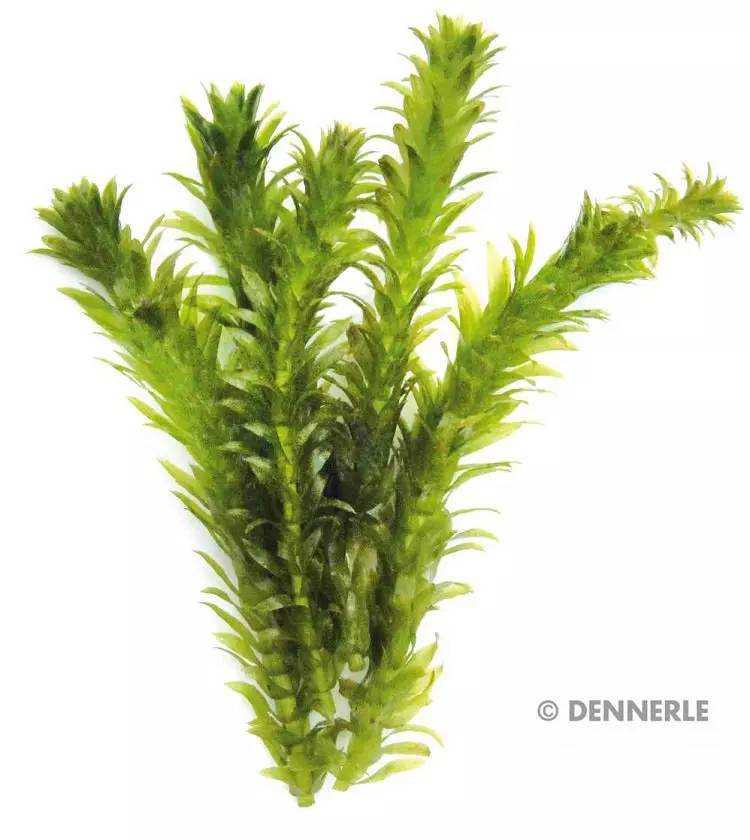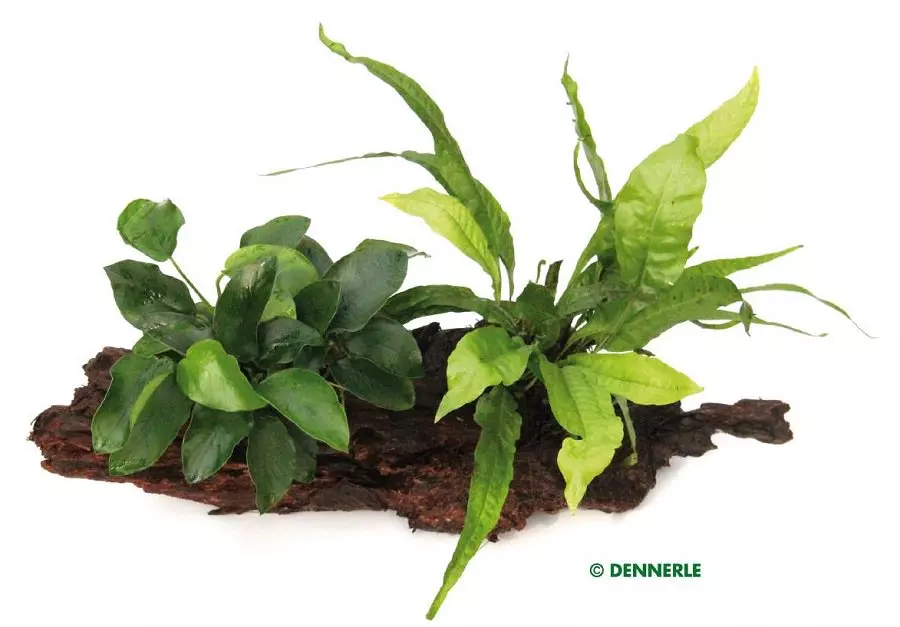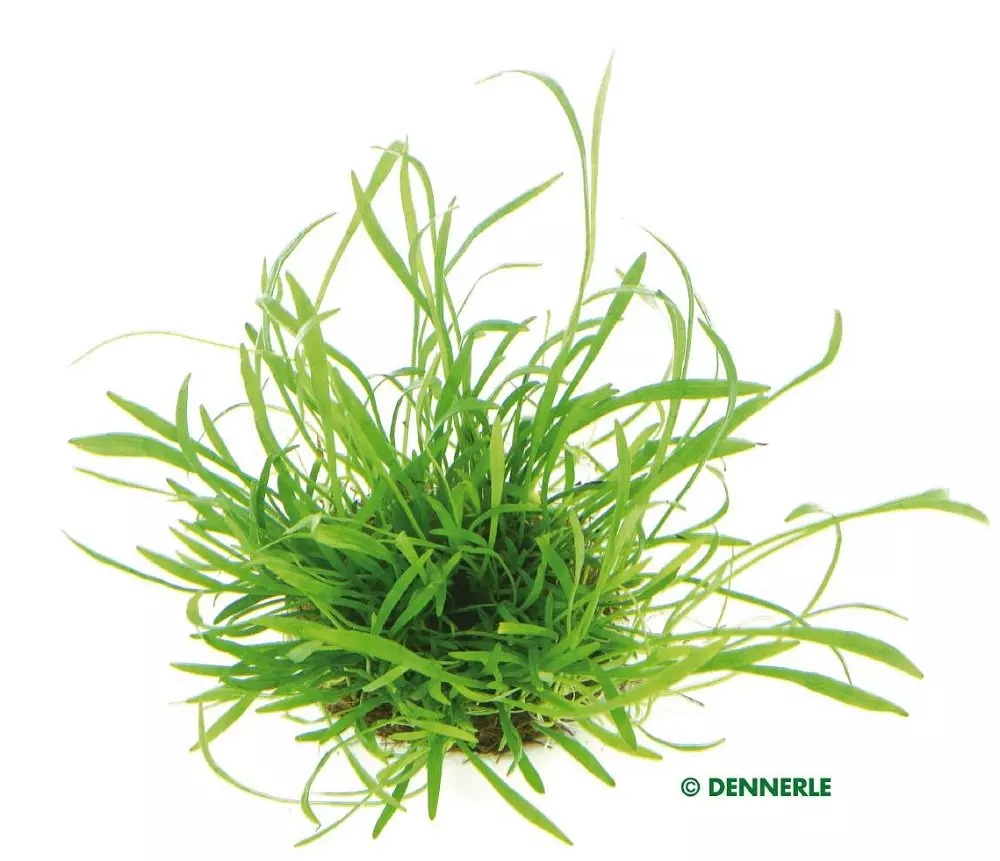| Quantity | Unit price |
|---|---|
| To 4 |
CHF 7.90
|
| From 5 |
CHF 6.90
|
Stock: 0
This article is currently not available
Egeria densa "tropical art" (tropical waterweed)
| max.growth height | 60 - 80 cm | country of origin | South America |
|---|---|---|---|
| suitablity | Gesellschaftsaquarium | type | stem plant |
| family | Hydrocharitaceae | genus | Egeria |
| Vermehrung | Kopfstecklinge | Wuchsgeschwindigkeit | schnell |
| pH | 5 - 9 | hardness of water | 0 - 30 °dh |
| Aquarium: | Community aquarium, Garden pond |
|---|---|
| Genus: | Egeria |
| Growth: | fast |
| Origin: | South and Central America |
| Properties: | Stem plants |
| Stand: | In the background |
Login
30 June 2023 13:25
Super online Lieferdienst.
Super online Lieferdienst, klappt tipptopp und schnell. Vielen Dank.
27 March 2023 06:06
tiptop
tiptop
17 September 2021 16:58
Les plantes correspondent à la commande mais
Les plantes correspondent à la commande mais elles sont de pauvre qualité.
24 September 2019 11:52
tiptop
tiptop
18 May 2019 20:38
Sehr schöne Ware
Sehr schöne Ware
15 March 2019 14:53
perfekt
perfekt



.jpg)

















